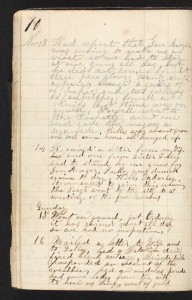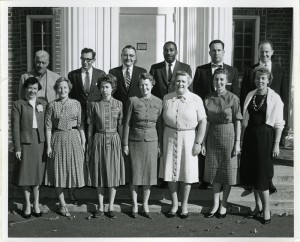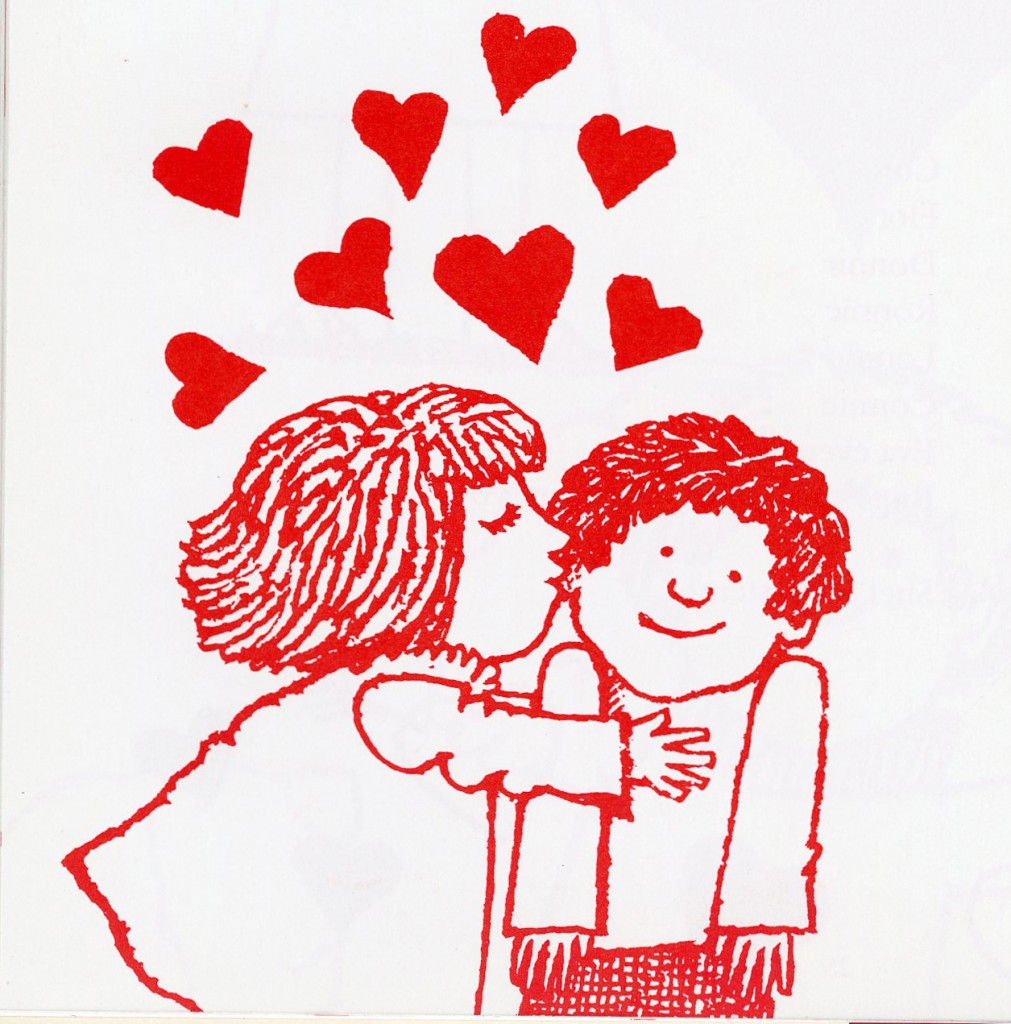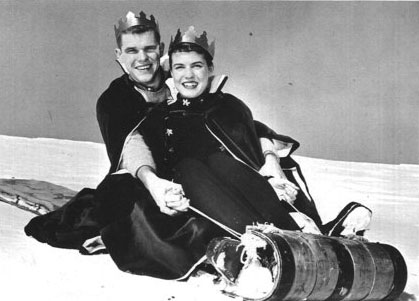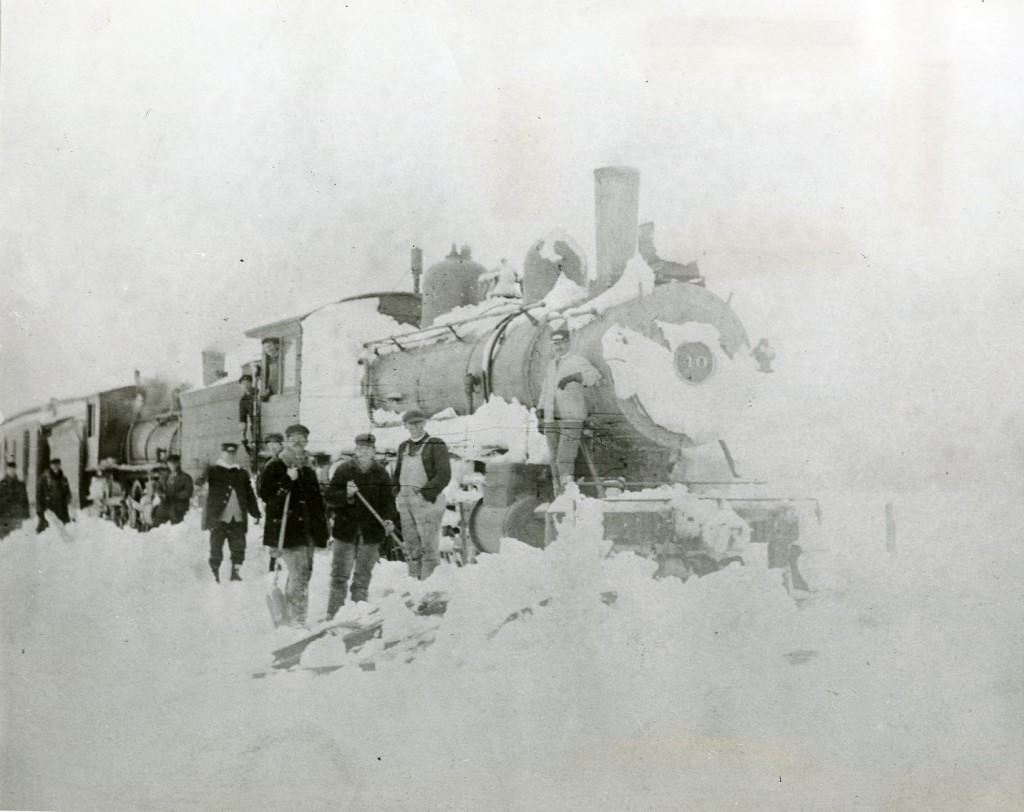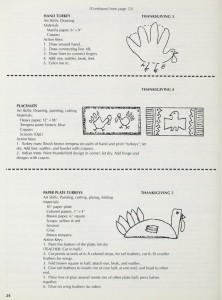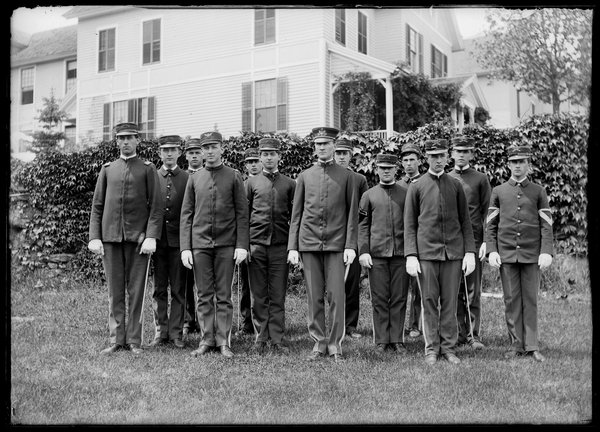It’s a little known historical fact that in the mid-1930s, when the Connecticut State College (an earlier name for what became the University of Connecticut) was pondering what would be its mascot, the ram shown above, named Sir Ram-a-lot, was seriously considered, edging out in student polling over the next most likely mascot, the Eskimo husky dog known as Jonathan. The student newspaper quoted freshman Francis Pickering as saying “What kind of stupid name is Jonathan for a dog? I think Sir Ram-a-lot would invoke the kind of fear and respect we need on the football field against opposing teams.” Fortunately the students’s preference for the ram was contested by the new college president, Albert N. Jorgensen, who made the decision to allow the animals to decide between themselves with a vigorous game of rock/paper/scissors. Jonathan was victorious, thus beginning his eighty year reign as UConn’s beloved mascot.
[We hope you enjoyed this April Fool’s Day post. For the real story of what’s going on in this photo, visit our digital repository and see the photo at http://hdl.handle.net/11134/20002:199722613


